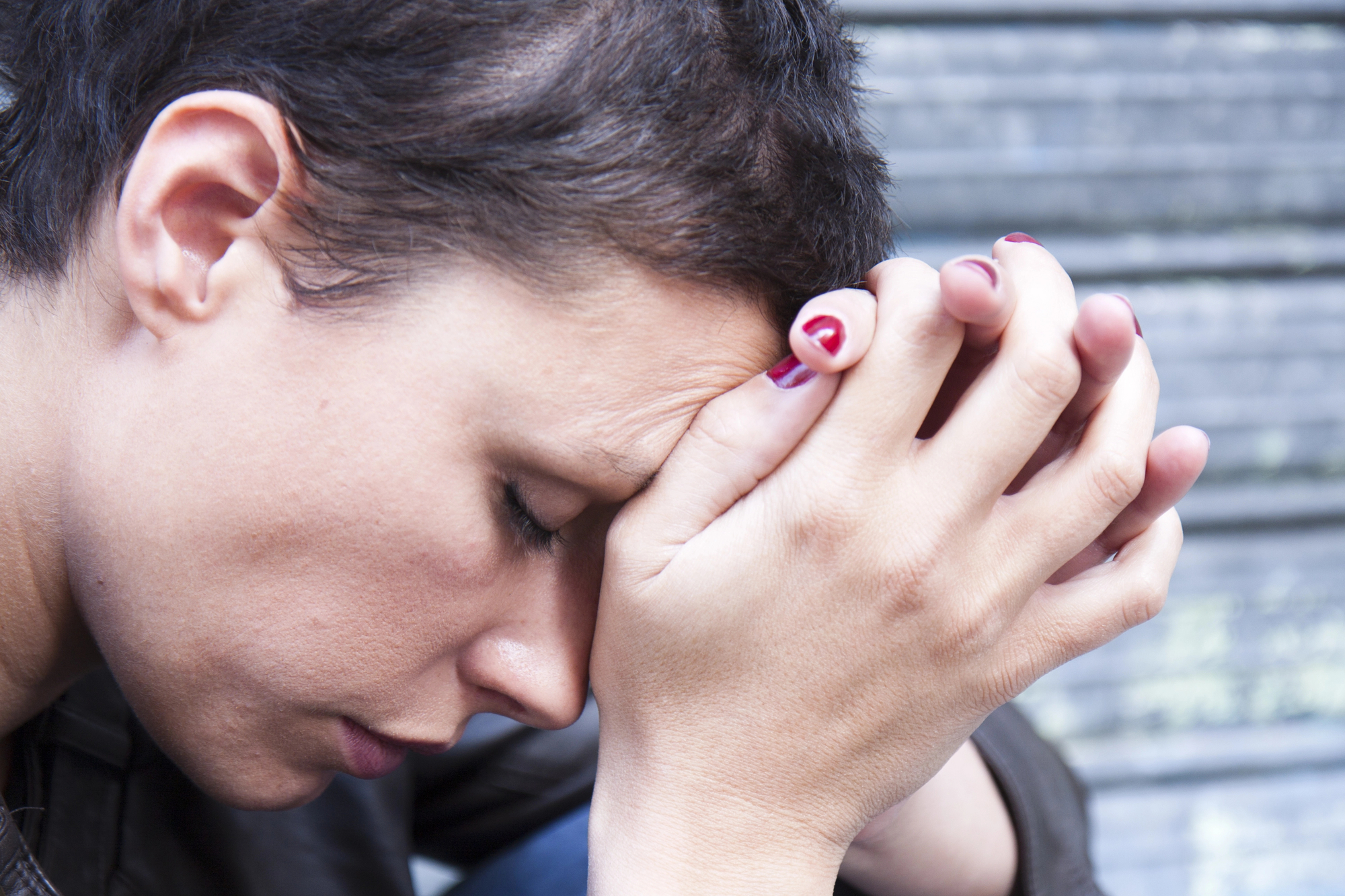What is self-destructive behavior?

Self-destructive behavior covers a wide variety of types and severity of behaviors that cause psychological or physical harm to the person engaging in the behavior. It may be intentional or subconscious, impulsive or planned. You may not even realize you’re doing it.
There are numerous types of self-destructive behavior. It would be impossible to list out every example. Instead, here are some of the more common types of self-destructive behavior that people engage in.
1. Self-pity.

A person may wrap themselves in their suffering and use it as a shield to try to deflect responsibility.
As a result, it will damage their relationships and life as they may come to be seen as burdensome to deal with and they lose out on opportunities.
In general, people are compassionate and empathetic, but they always have a limit. Once that limit is reached, it will start to negatively affect the person who uses their problems as an excuse to not try new things or improve at all.
A person who regularly tells themselves they are not worthy, whether they believe it or not, may come to believe it as truth and stop taking healthy risks or trying to improve.
2. Self-sabotage.

The act of self-sabotage is setting oneself up for failure from the start. That may be the result of low self-esteem, as they may not feel as though they deserve to have good things or make positive strides in their life.
Self-sabotage may cost them relationships, jobs, and other opportunities that require a person to take some risk.
A good example of self-sabotage is the eternal pessimist; the person who can always find a reason as to why it’s not worth trying, why nothing will ever work out.
3. Social isolation.

People are generally social creatures. There are very few people who can survive no social interaction at all.
Even the act of being around other people provides different benefits from stimulating chemical production in the brain.
A person may isolate themselves from friends, family, and social networks as either an active or subconscious choice. They may convince themselves that they do not deserve to have the friends and family that they do and will act on making it so.
This may look like the person dropping contact and ghosting or picking fights and engaging in arguments to cause the other person to want to break contact.
4. Unnecessary spending.

The spending of money can evolve into a self-destructive behavior. Gambling and gambling addiction are well-established as self-destructive behaviors.
One can also include unnecessarily buying things from the internet, excessive shopping from brick-and-mortar stores, buying upgrades and currencies from mobile games or apps, or excessively donating to good causes.
Spending becomes an unhealthy behavior when it starts negatively impacting one’s ability to conduct their life, or if a person feels mentally compelled to spend when they are lacking the means.
5. Drug and alcohol misuse.

Substance abuse is one of the most common forms of self-destructive behaviors. It can easily lead to addiction, negatively impact relationships, and destroy opportunities and employment. It can also lead to other physical and mental health complications.
6. Unhealthy eating habits.

Regular unhealthy eating habits and yo-yo dieting can lead to disordered eating which, over time, can evolve into full-blown eating disorders like anorexia or bulimia.
Emotional eating can cause a person to gain weight, which not only has physical health ramifications but can contribute to mental health issues like depression and anxiety.
7. Neglect of the self.

Neglecting oneself is a common and oftentimes severe form of self-destructive behavior.
The person may neglect to take care of their physical health, eat a good diet, get exercise, or visit a doctor for either regular checkups or when an illness arises.
Neglecting mental health may be refusing to take prescribed medications, attend appointments, or even acknowledge mental health problems at all.
The person simply refuses to do anything to protect or grow their health. The person may also refuse any outside help or advice.
8. Unnecessary martyrdom.

There are some people who use excessive self-sacrifice as an easy way to sidestep hard work.
They create this false narrative in their mind that their suffering is the only way that things will work out or be good for others. They stick to that false narrative instead of trying to improve themselves or their situation.
It’s a means to temporarily feel good about oneself by painting their actions as altruistic when the person is actually engaging in self-destructive behavior by using denial to avoid confronting their problems.
9. Sabotaging friendships and relationships.

The person may sabotage their friendships and relationships as a means to further reinforce and convince themselves that they are an awful person who is not worthy of friends or love.
The behaviors associated with sabotage include jealousy, possessiveness, excessive neediness, passive aggression, gaslighting, manipulation, or even violence.
The behaviors may either be a subconscious drive or a conscious choice. Either way, they typically stem from the person’s belief that they are not worthy of love.
10. Self-harm.

Self-harm may be used as a coping mechanism to deal with severe or extreme emotional disturbance or as a way to feel ‘something’ or exert control over oneself. The person may even get addicted to self-harm.
It’s a complex matter that people without lived experience find difficult to comprehend. If you’re not yet able to stop or are struggling to stop without help, it’s important to seek support from a trained professional who can help with harm reduction strategies.









